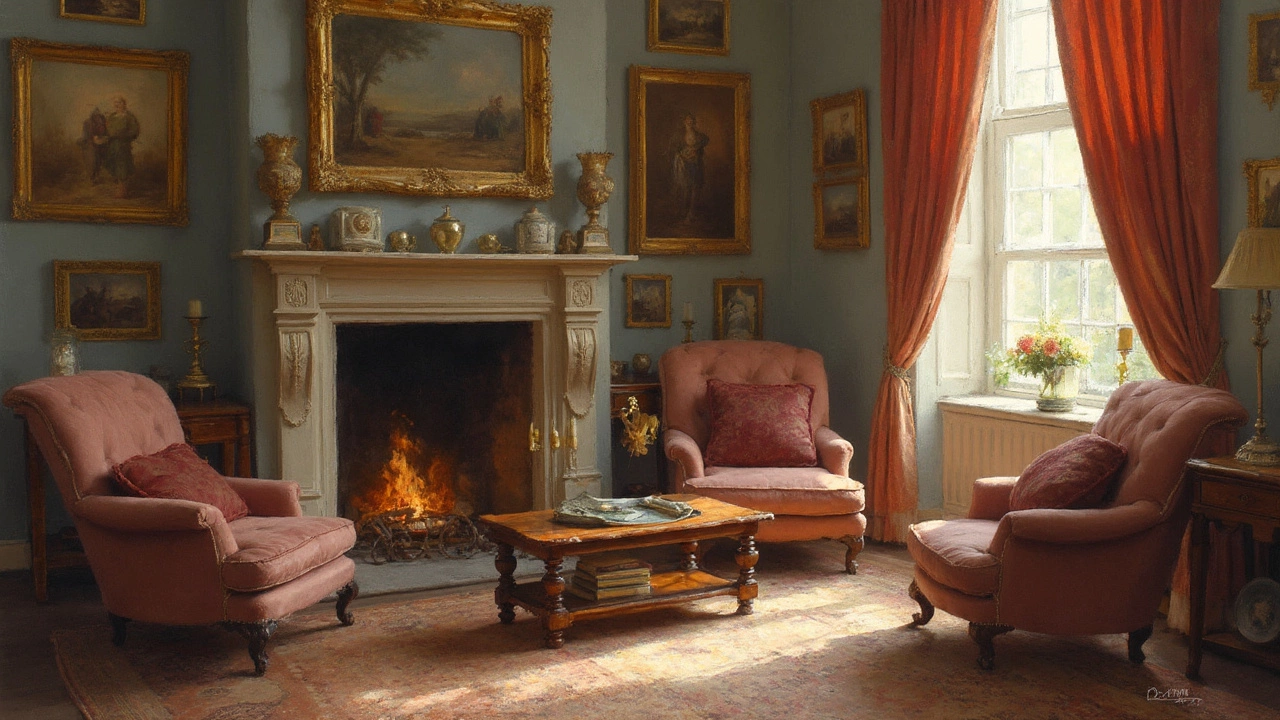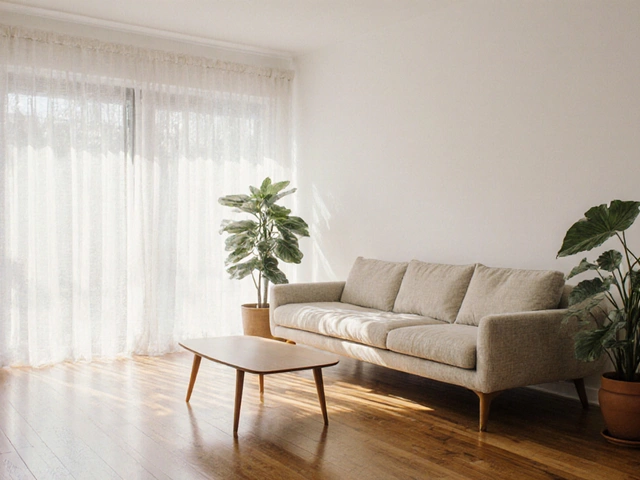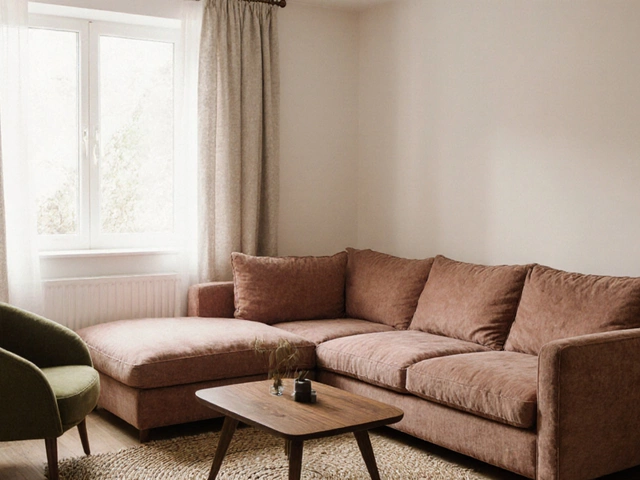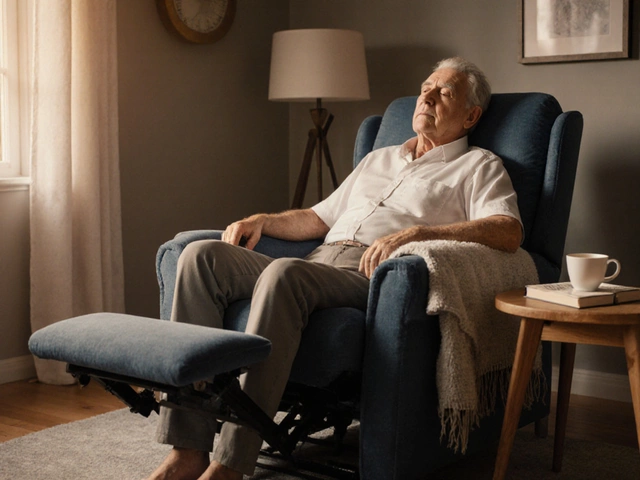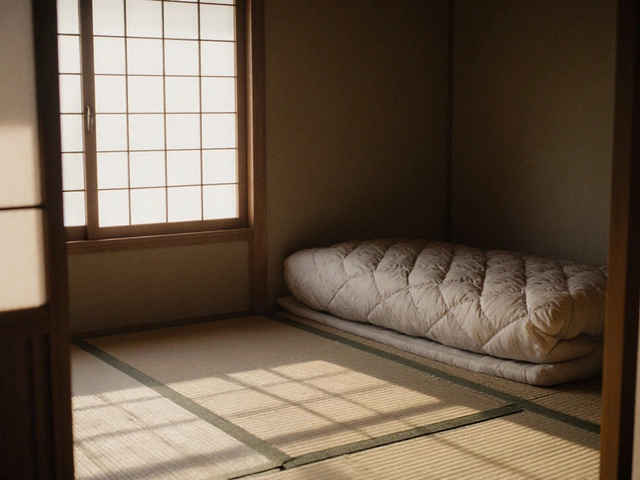Furniture Arrangement Tips: Make Any Room Feel Bigger and Cozier
Ever walked into a room and felt something was off, even though the furniture looked fine? Most of the time the problem isn’t the pieces themselves – it’s how they’re placed. A few simple moves can free up space, improve traffic flow, and make the room look well‑designed without spending a penny. Below are practical steps you can try right now.
Plan Before You Move Anything
Before you start shuffling sofas, grab a pencil and paper (or use a free phone app) and sketch the floor plan. Measure the walls, note window and door locations, then draw the major pieces at scale. Seeing the layout on paper helps you spot dead zones where you might be blocking a pathway or crowding a corner. If you’re not comfortable with drawing, just picture the room in your mind and mentally walk from the door to the far wall – does anything feel cramped?
Next, decide on a focal point. It could be a TV, a fireplace, or a large window. Arrange the biggest piece of furniture to face that point. This gives the room a natural anchor and prevents the space from feeling disjointed.
Smart Tricks for Common Rooms
Living rooms: Keep traffic routes at least 2‑3 feet wide. Place the sofa and chairs so there’s a clear path from the door to the coffee table and back out. If you have a rug, choose one that’s large enough for the front legs of all seating; it pulls the area together.
Bedrooms: Put the bed against the longest solid wall, not directly under a window. This creates a sense of security and frees up side walls for nightstands or a dressing table. If space is tight, try a floating bed – pull it away from the wall a few inches and place nightstands on either side.
Home offices: Position the desk near a window for natural light, but avoid glare on the screen. Keep the back wall clear so you can add shelves or a whiteboard later without rearranging the desk.
Here are three quick fixes you can apply to any room:
- Pull furniture away from the walls. Leaving a 2‑inch gap lets you see the shape of the room and makes it feel larger.
- Use multi‑functional pieces. A storage ottoman or a bench with hidden drawers cuts down on extra cabinets.
- Swap heavy items for lighter ones. Replacing a bulky wardrobe with a sleek sliding door unit can free up 20‑30% of the floor area.
Finally, step back and live in the space for a day. Does the flow feel natural? If you keep tripping over a corner or the room feels cramped, adjust one piece at a time and re‑test. Small changes add up, and you’ll soon have a layout that works for you, not the other way around.
Remember, furniture arrangement is a trial‑and‑error process. Don’t be afraid to move things around until it feels right. With these tips, you’ll turn any room into a comfortable, functional, and attractive space without hiring a professional.
How Far Should a Chair Be from a Coffee Table?
Finding the right distance between a chair and a coffee table can make or break the comfort and functionality of your living space. Too close, and you might be banging your shins; too far, and grabbing your drink becomes a gymnastic feat. Dive into the delicate art of spacing to create a cozy yet practical environment. We'll explore factors like room size, personal comfort, and style preferences to help you nail that perfect gap.
